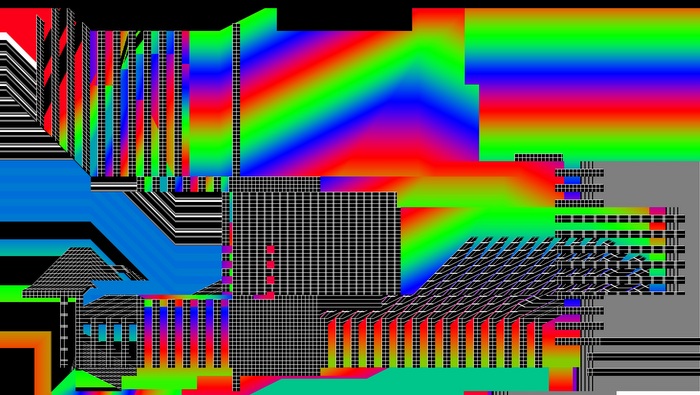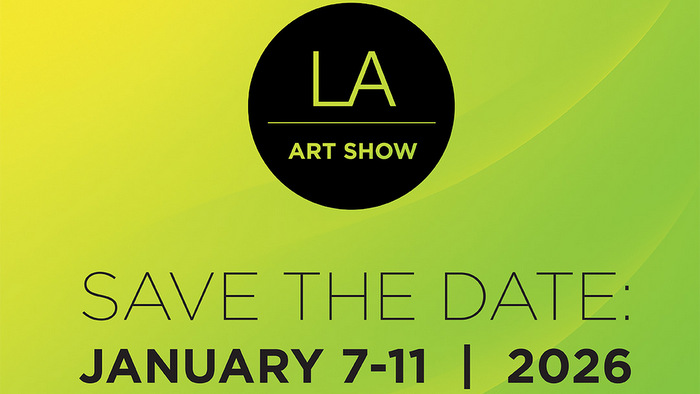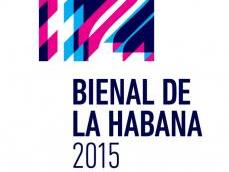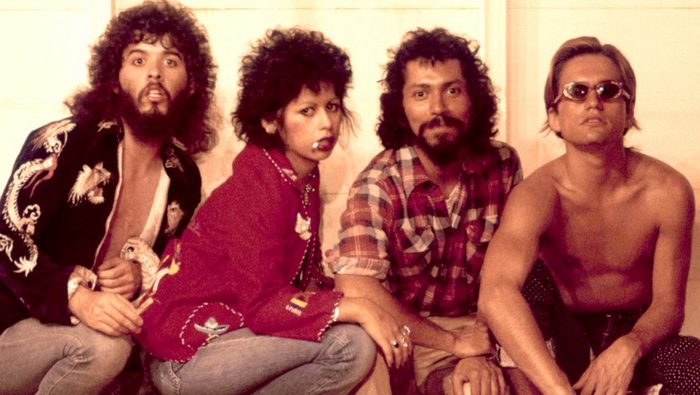By: Adalys Pérez Suárez
As a complex Bienal for the process of work requiring the coordination of many institutions, was labeled Havan Biennal by Jorge Fernández, director of the center of contemporary art Wifredo Lam. 12 edition of such event will be held in Havana from May 22 to June 22.
Entre la idea y le experiencia (Between ideas and experiences) is the main theme of the event, which is considered one of the oldest events in the panorama of the Cuban culture and its principal organizer said in a press conference about it:
"One thing is the idea we have about art, related to its processes, and other thing is the experiences we can live about it." Sometimes we do know who the artists are, but it is difficult costs for us to understand how are the processes related to work of art, how it is defined and legitimated.
For us, will be important the connection of the Biennale with the city, the neighborhoods, the main cultural institutions and universities. This integration is what we are looking for. Not only allowing the biennial is an exhibition or just a work but that somehow it involves many areas related to knowledge.
Nothing about this topic is something new. Talking about something new in art is now complicated. It is something that also comes from the avant-garde movements of the 20th century.
“Obviously, all the artists who wanted to transform reality and wanted to transform the processes of creation at that time tried to integrate, to collaborate, tried to make proposals together. This is something that we think is important to retake and I think we can do it."
Also, Jorge Fernández said the significance they have wanted to give it in this edition regards to the energy of the city, in the Cuban context. For this purpose, specialists from other disciplines and art specialists are been involved.
"Throughout the history of art, many artists have thought that the creation is not heritage for art.”
Obviously, the creation cannot be reduced to what it is traditionally identified as a timely fact, what we could call the artistic effect. Creativity goes further and that is also our feeling, and what we are trying to provide in this biennial. So, we are working in that direction.
For now, we are focused on the Faculty of biology at the Havana University to work with a group of architects reflecting on these new urban issues, these new developments at the territory level. All that will be part of what we want to do."
He pointed out that this will not be a "cute" Biennale for collectors and galleries owners because it is designed in the first place to the Cuba people, whose we intend to involve.
"I will not stop at any specific work because it is a biennial that is being carried out on the path. It is very difficult because artists are coming, we are discussing about the projects. They are finding places and it is not easy to do a work in context when you live another reality and you're facing with something completely new.”
So it is also important the Cubans who can provide those artists according to the type of investigation that are being developed. How can that research be understood in a reality that is completely different for them.
Such things we must handle with intelligence and from there, it comes the negotiation, the E¡exchange, the process. A sort of workshop of each one of the curators of the Havana Biennale with the artists attending each case is also another proposal.
It is not something that can be resolved with a slide or sending a box with a sculpture or a painting. This is another thing and we also have to deal with the energy of the place, understand their reality. For that reason, one of the concepts that we have handled is called El arte en su lugar."
According to the director of the Wilfredo Lam Centro, on this occasion there will not be an official opening of the Biennale, nor a headquarters, but that the event will be carried out in different parts of the city.
"Undoubtedly, we need to do a strong informative work on the maps, places on which the artists are going to work." There is a reference of each space. we are working in that sense."
He said that in the first edition of 1984 the biennial of Havana began on May 22, a date they have retaken corresponding to its 30 anniversary and they are intend keep because for its organizers it has a historical meaning.
Referring to over three decades of existence and international importance that has achieved over the past years, Fernandez said:
"I think that the Havana Biennial is increasingly running a risk because it is aimed at synchronize the artistic practices with the processes for the promotion of the art and its expression. I think that throughput these years, we have been looking for the most novel proposals, the artists coming from Africa, Latin America, the Caribbean and lately we have been opened to Europe, United Sates and we have focused on inviting great artistic figures.
Source: Cubarte
Related Publications

Zero 10 at Art Basel Miami Beach: A New Space for the Digital Era of Art
December 03, 2025













